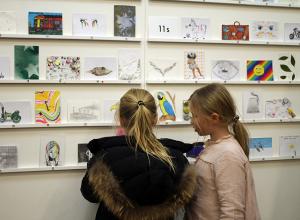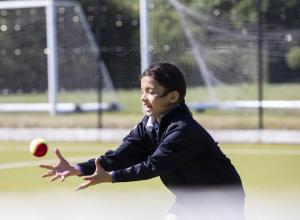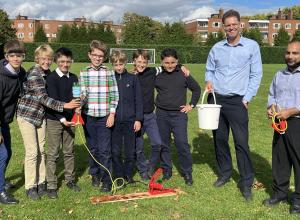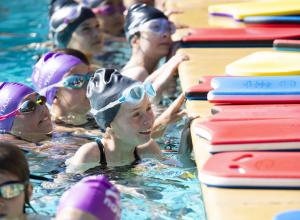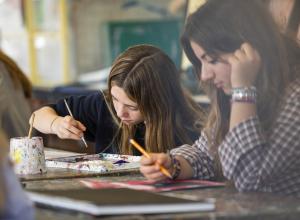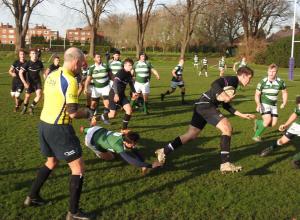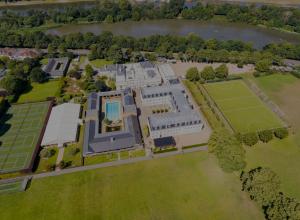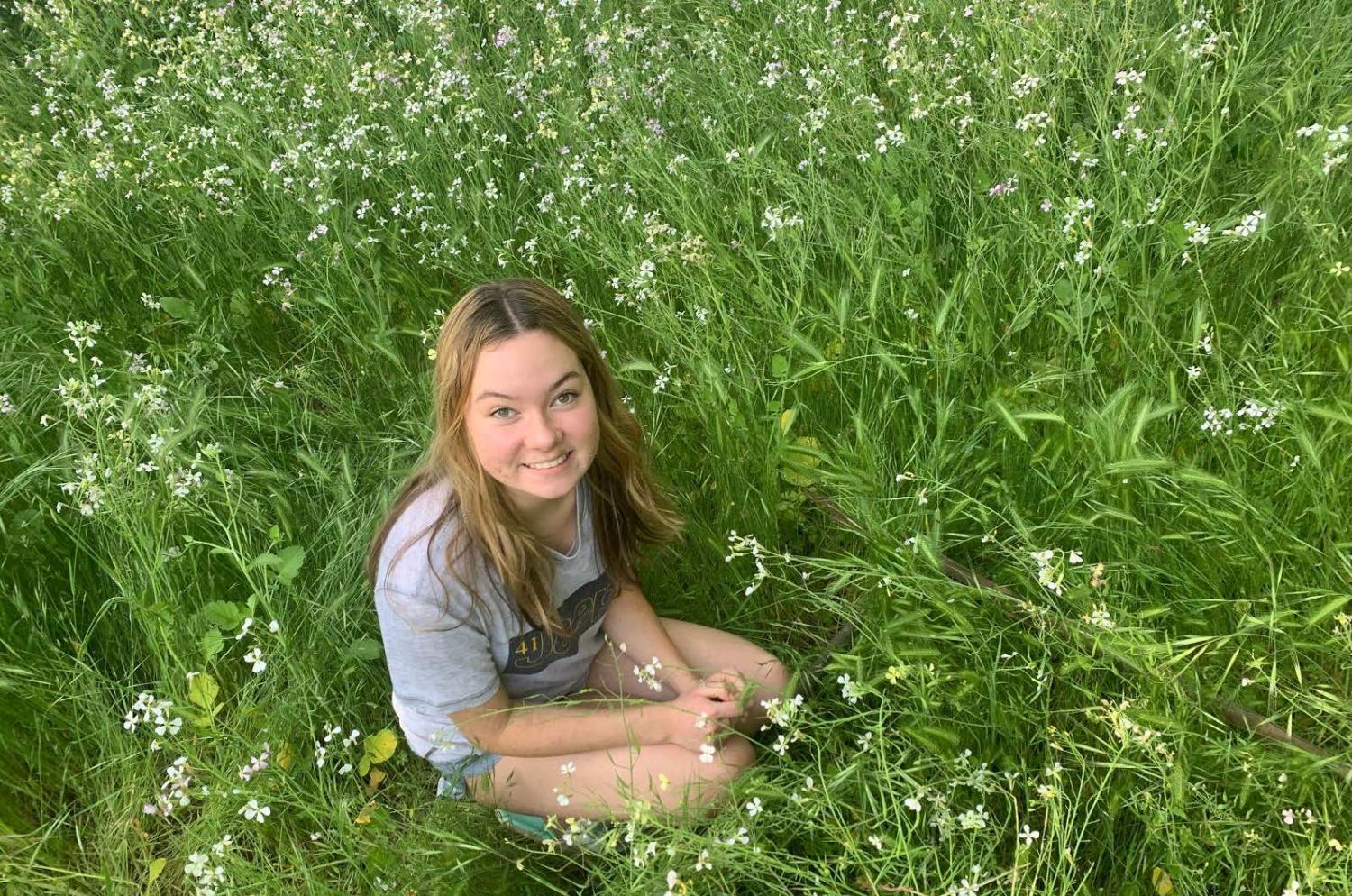
Teaching science remotely means using using food and equipment available in ordinary kitchens and gardens. Head of Science Taryn Oldacre explains how Harrodians are learning to adapt
Harrodian’s enforced transition from face to face teaching to the Google version of the classroom was never going to be easy. But Taryn Oldacre, Harrodian’s cheery Head of Science believes remote learning has an upside. ‘I’m sure pupils miss the direct daily contact with us and it’s true the preparation and the follow up are more time consuming for pupils and teachers,’ she admits. ‘But the absence of distractions has helped us make good progress and pupils are adapting well.’
We’ve had to adapt to a domestic setting and to use household objects and materials instead of scientific equipment
Taryn Oldacre, Head of Harrodian Science
Ms Oldacre and her colleagues are certainly working extra hard to engage with pupils. A key step has involved transforming the approach to the ‘practicals’ which underpin scientific study. Since the lockdown, ordinary homes rather than labs have become the setting for experiments. ‘We’ve had to adapt to a domestic setting and to use household objects and materials instead of scientific equipment,’ says Miss Oldacre. ‘Teachers often make a video using equipment and materials you can find in an average kitchen. They talk the experiment through with pupils who then try it at home.’
The 13s are learning about transpiration in plants by observing how food colouring rises through a stick of celery
Food and cooking utensils have had a growing part to play in the science timetable. The 13s are learning about transpiration in plants by observing how food colouring rises through a stick of celery for example, while using a variety of bowls, salt water and a selection of root vegetables the 15s are well equipped to investigate osmosis.
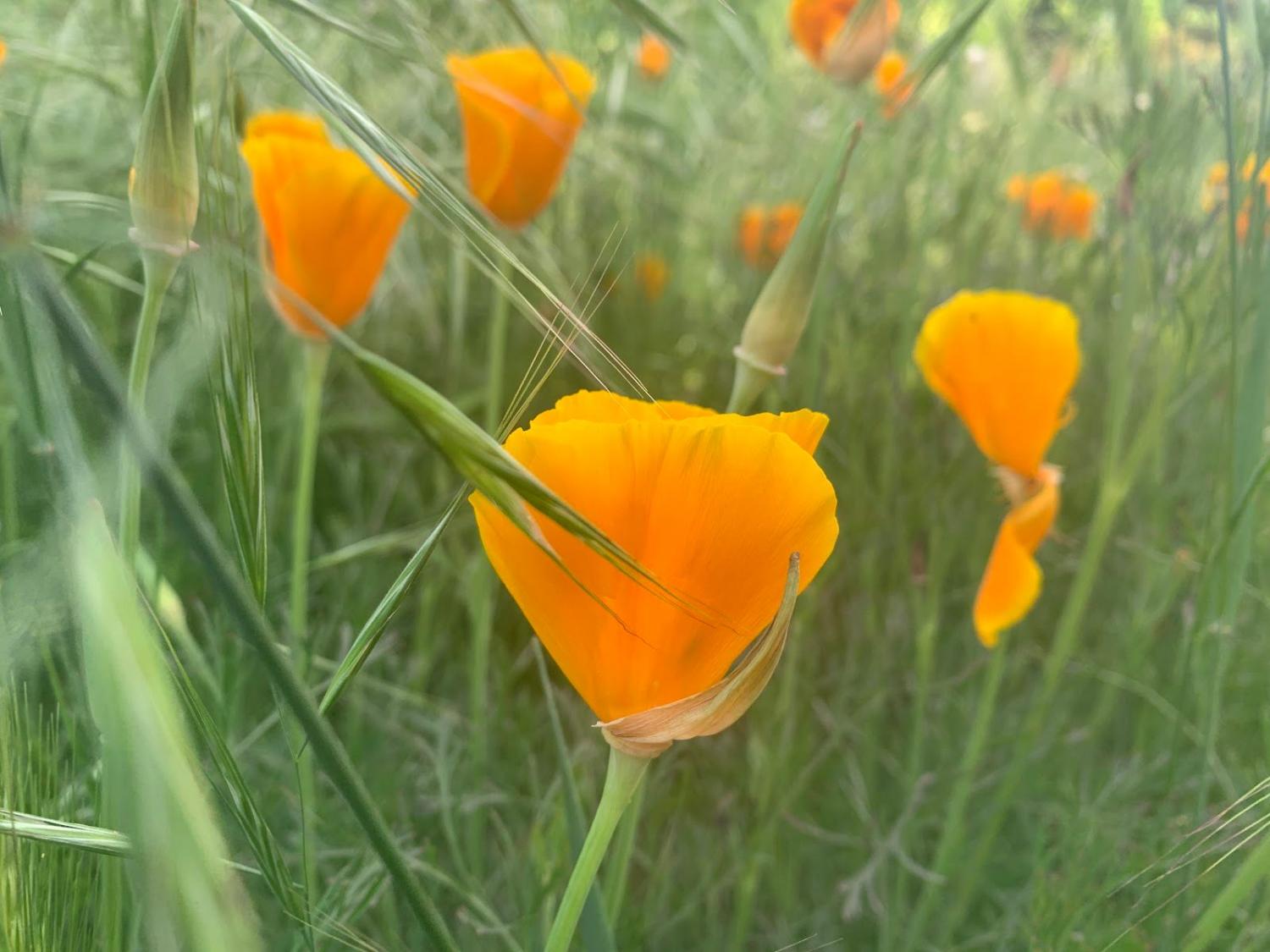
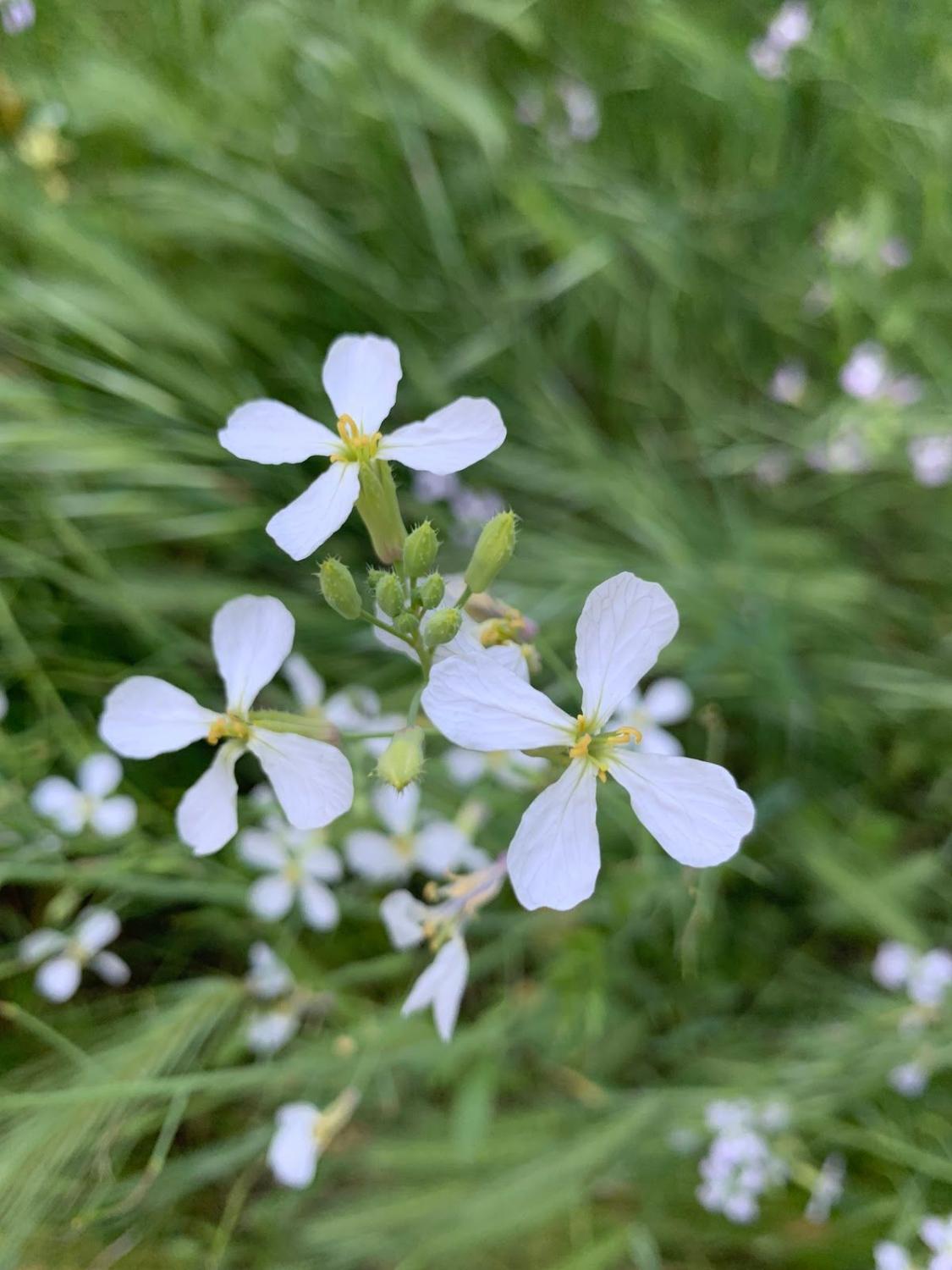 The holiday project set for the Lower Sixth Biology set at Easter was informed both by lateral thinking and Ms Oldacre’s fondness for baking. The set task - involving monitoring a micro garden habitat over the three week break – apparently excluded half of the class who didn’t have access to green space. Ms Oldacre’s alternative brief was presented to students by means of a video tutorial in which plants were replaced by diverse cake sprinkles and invited those without gardens to build and monitor their own fake habitats.
The holiday project set for the Lower Sixth Biology set at Easter was informed both by lateral thinking and Ms Oldacre’s fondness for baking. The set task - involving monitoring a micro garden habitat over the three week break – apparently excluded half of the class who didn’t have access to green space. Ms Oldacre’s alternative brief was presented to students by means of a video tutorial in which plants were replaced by diverse cake sprinkles and invited those without gardens to build and monitor their own fake habitats.
The field studies included real gardens alongside a simulated one made entirely of sweeties
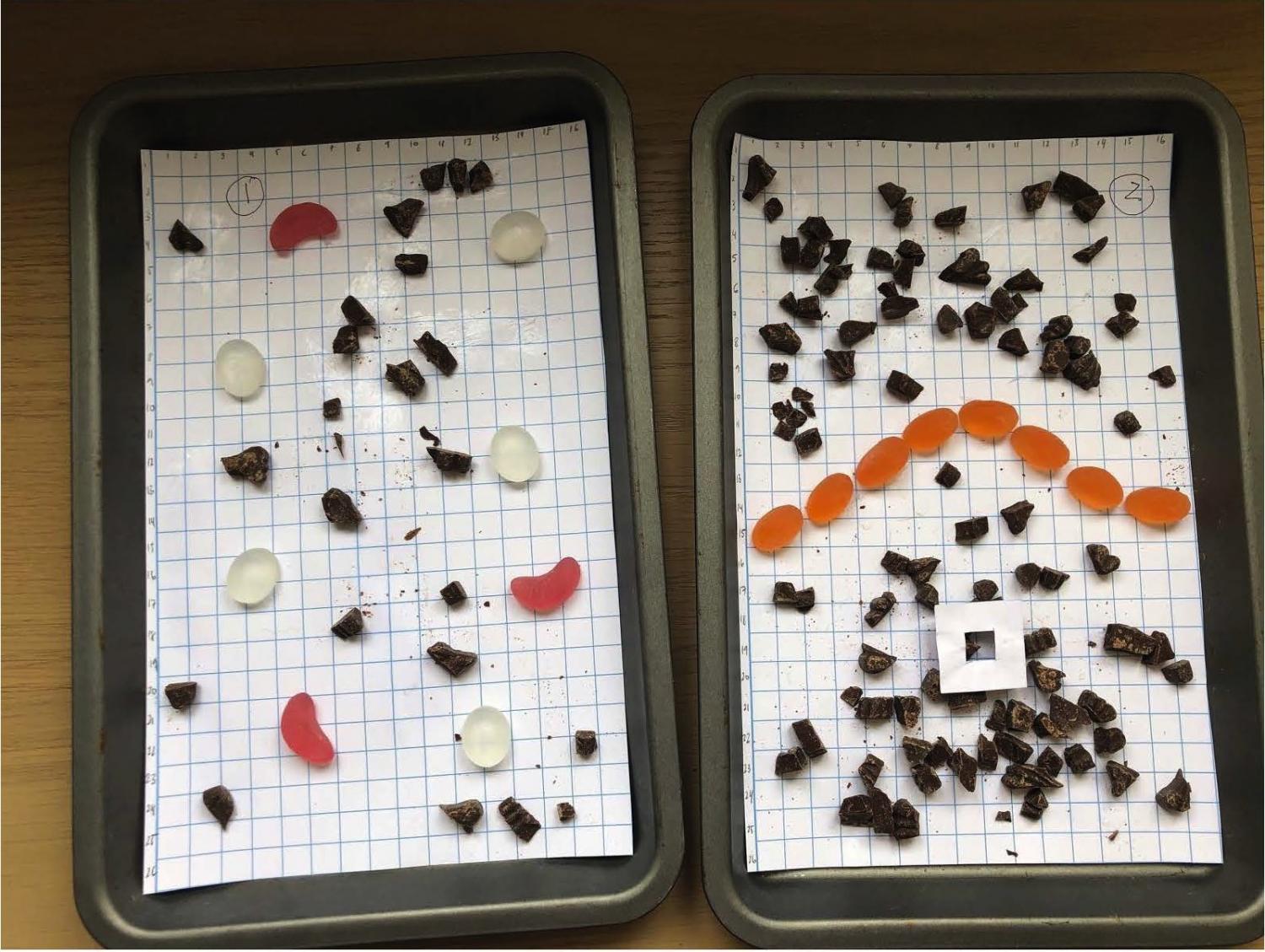
The field studies submitted this week included real gardens alongside simulated ones. Sixth Former Yasmin, temporarily in America where her family is caring for relatives during the pandemic, produced a habitat study of a lovely Californian garden. In contrast, the habitat created by her fellow Lower Sixer, Sasha was made entirely of sweeties. ‘This project was never about the quality of the data,’ Ms Oldacre explains. ‘It was all about demonstrating a grasp of how such habitats work and how results can be used to carry out statistical analysis’.
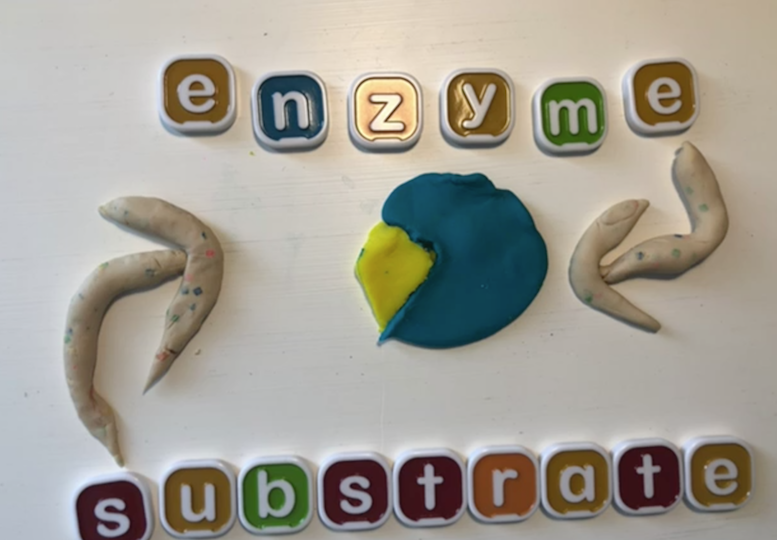
Ms Oldacre is delighted by the creativity her students are bringing to the challenge of remote learning. Last weekend she asked her newly-formed Biology ‘Pre-A Level’ group to make a video tutorial in a form of their choice. The results included animations by Agustin and Christian explaining how enzymes work which you can view by following the links. ‘It’s great to have students willing to use their technological skills to improve the learning experience and to add some fun too,’ says Ms Oldacre.
It’s great to have students willing to use their technological skills to improve the learning experience and to add some fun
Taryn Oldacre

